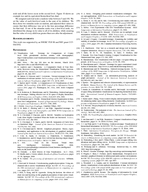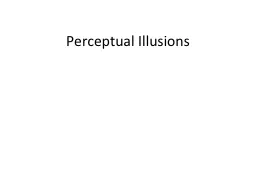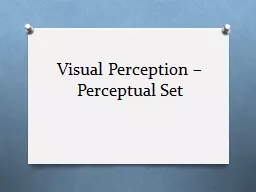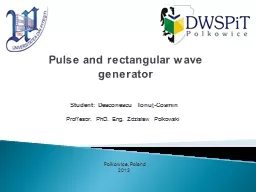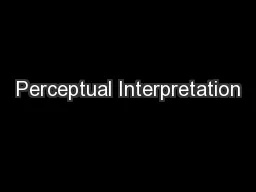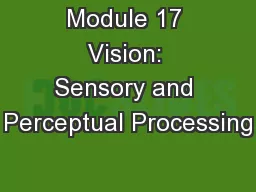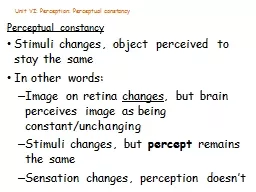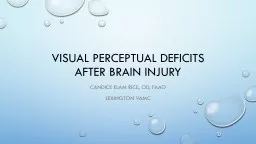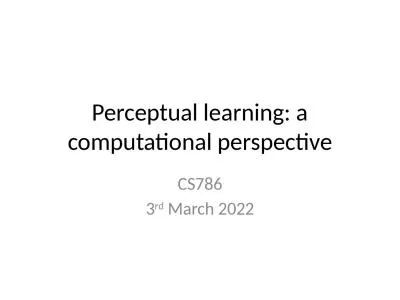PDF-Perceptual Guidelines for Creating Rectangular Treemaps Nicholas Kong Jeffrey Heer and
Author : conchita-marotz | Published Date : 2015-01-15
1 A nodelink tree with corresponding treemap and bar chart representations Treemap design parameters that can affect perception of rectangle area include the aspect
Presentation Embed Code
Download Presentation
Download Presentation The PPT/PDF document "Perceptual Guidelines for Creating Recta..." is the property of its rightful owner. Permission is granted to download and print the materials on this website for personal, non-commercial use only, and to display it on your personal computer provided you do not modify the materials and that you retain all copyright notices contained in the materials. By downloading content from our website, you accept the terms of this agreement.
Perceptual Guidelines for Creating Rectangular Treemaps Nicholas Kong Jeffrey Heer and: Transcript
Download Rules Of Document
"Perceptual Guidelines for Creating Rectangular Treemaps Nicholas Kong Jeffrey Heer and"The content belongs to its owner. You may download and print it for personal use, without modification, and keep all copyright notices. By downloading, you agree to these terms.
Related Documents

